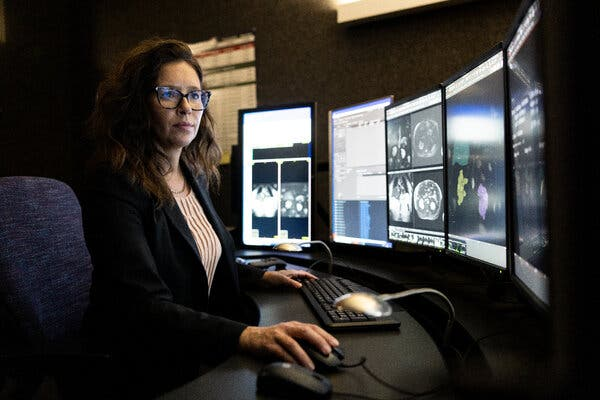Artificial Intelligence in Radiology: Collaboration Over Replacement
Despite early predictions about artificial intelligence (AI) disrupting radiology professions, the Mayo Clinic has demonstrated that AI is an asset rather than a threat. Dr. Theodora Potretzke, a radiologist at this prestigious institution, has pioneered in utilizing AI in radiology, particularly noting significant time-saving benefits in kidney image analysis.
Transforming Radiology with AI
Several years back, AI’s potential to replace human jobs in radiology was a heated topic. Leading AI scientist, Geoffrey Hinton, had suggested a diminishing need for radiology professionals, forecasting that AI would surpass human capabilities in medical image analysis within half a decade. However, contrary to these predictions, the field of radiology has not only sustained but thrived. Recent studies, including one from the American College of Radiology, foresee a consistent increase in demand for radiologists well into the future.
What has changed, though, is the role of AI in radiology. At the Mayo Clinic’s Rochester campus—renowned for its medical expertise—AI is now integral to diagnostic procedures. This technology is employed to enhance image quality, streamline repetitive tasks, pinpoint health anomalies, and predict potential diseases.
AI as a Complementary Tool
One of the revolutionary impacts of AI is its capacity to act as an additional reviewer of medical images, providing a valuable backup for radiologists. ‘AI will not replace radiologists, but complement and enhance their skills,’ explains Dr. Matthew Callstrom, Chair of Radiology at Mayo Clinic. He reflects on the initial speculation around AI, acknowledging the complexities and innate challenges of radiology that AI alone cannot manage.
Future Prospects of AI in Radiological Practices
The integration of AI in radiological work has been progressively evolving. It is clear that while AI offers significant enhancements in accuracy and efficiency, the human element—critical for nuanced decisions and complex problem-solving in patient care—remains irreplaceable. The ongoing collaboration between AI technologies and radiological experts at Mayo Clinic underscores a model where technology complements rather than competes with human expertise.
As we look forward, the synergy between advanced AI applications and skilled radiologists is poised to set new standards in healthcare, proving that AI can be a powerful ally in the medical field.





